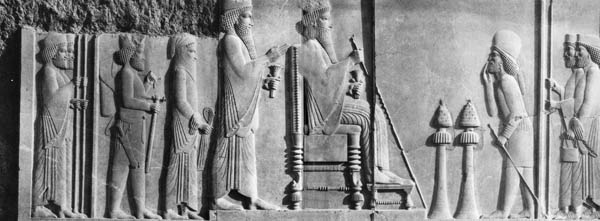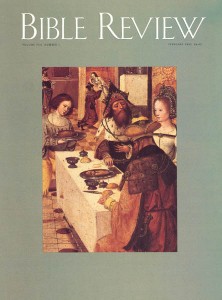
The Book of Esther is the only book of the Hebrew Bible that describes life in the Jewish Diaspora, or dispersion.
Although the book is relatively little known among Christians, it is known by Jews because it is the basis of the joyous Jewish holiday called Purim, which celebrates the reprieve of the Jews from an imminent pogrom in the land of Persia.
The story takes place in Susa, the king’s winter residence during the reign of Xerxes (Ahasuerus in Hebrew, Chshayarsha in Old Persian), who ruled from 485 to 465 B.C.E.a A curious blend of fact and fiction, it is a kind of pseudohistoric novella, set against a background of life at the Achaemenian court that is in many ways remarkably accurate—in ways we are just beginning to understand. The story itself, however, is fiction, so in the end we must ask what lay behind it? Why was it written? What function did it serve?
The Book of Esther begins with a lavish banquet where Xerxes orders his queen, Vashti, to appear and display her beauty for his guests. She refuses, so the king deposes her and begins the search for a new queen. Mordecai, a Jew who sits at the king’s gate, brings his niece Esther (Hadassah in Hebrew) as a candidate. Like the other women, Esther undergoes a year’s beauty treatment before going in to the king. Concealing her Jewish identity, Esther is chosen queen.
Already a library member? Log in here.
Institution user? Log in with your IP address.

